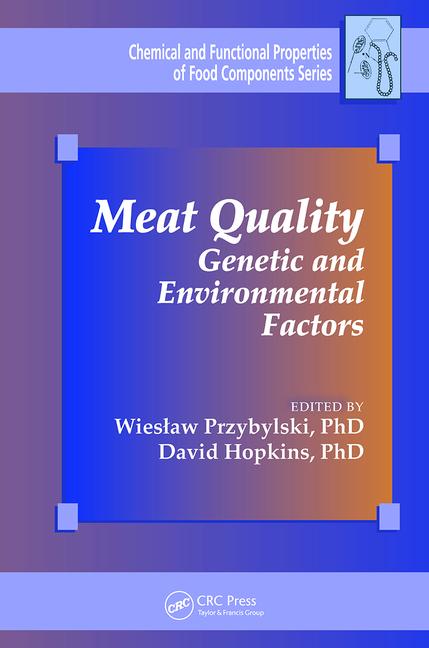In March, FSIS posted the “Annual Sampling Program Plan for Fiscal Year 2012” on its Web site at: http://www.fsis.usda.gov/PDF/Sampling_Program_Plan_FY2012.pdf
This is the first time FSIS has posted its sampling plan. ForE. coli O157:H7, FSIS is planning to increase significantly the number of samples analyzed under the agency’s four random sampling programs. This increased frequency will also apply to non-O157 samples as the agency expands the non-O157 sampling to product types other than trim.
In explaining these increases, FSIS commented that the number of samples scheduled has not increased, rather, FSIS expects more samples to actually be submitted and analyzed. The basis for this expectation is the implementation of PHIS.
According to FSIS, PHIS (1) ensures that the correct establishments are selected for the sampling program, (2) provides forms when needed, and (3) enhances communication between inspection program personnel and the laboratory.
In short, one should expect sampling at establishments that were not previously sampled. Also, expect an increase in the absolute number of positive findings even if the incidence rate is unchanged. A prudent establishment would be prepared. In getting prepared, some questions for consideration would include:
Whether an establishment’s products fall within a particular sampling project. Merely because an establishment’s PHIS plant profile indicates non-intact or ground product is produced, this does not mean the products are subject to one of the four agency sampling programs. For example, not all comminuted products are subject to FSIS’ raw ground beef sampling program, only products subject to the standard of identity for ground beef, hamburger, and patties. Other comminuted products may be subject to the other raw ground component sampling program (such as meat from advanced recovery systems), while certain products may not currently be subject to sampling at all (fresh sausages).
One thing is certain, if an establishment produces trim for use in raw ground beef, the trim falls within an agency sampling program. If the establishment slaughters, the sampling will be conducted under the random beef trim sample project (MT50); if the establishment does not slaughter, the trim will be tested under the bench trim sampling project (MT55).
On trim, regardless of which program it is tested under, FSIS has adopted a broad definition of what constitutes trim. Directive 10,010.1, Rev. 3. FSIS defines “trim” as boneless product removed from primals and subprimals during fabrication and all boneless beef items customarily used for grinding, such as two-piece chucks. Recently, FSIS issued Notice 21-12 instructing inspectors to randomly select all types of trim. One would expect an inspector will start sampling various products not previously sampled as a result.
Whether an establishment has correctly identified all product implicated by an agency sample should it report positive. For example, in Directive 10,010.1, Rev. 3 (page 29), FSIS states that a positive E. coli O157:H7 bench trim sample will implicate any non-intact product from which bench trim was derived unless the non-intact was treated with an intervention after the bench trim was removed. So, if FSIS samples trim, is the establishment holding or treating the non-intact product from which the trim was derived?
Whether the establishment can limit the product implicated by an agency positive. For trim in combos and ground beef, there are well-established lotting systems based on 100% microbial sampling. Lotting systems for other products are not so well-established. So, does the establishment conduct 100% testing on the type of product sampled, and, if not, what basis is there to support the assertion that all such products produced in a day are not implicated?
Bottom line: Non-O157:H7 testing is coming, but the expanded E. coli O157:H7 testing will get here first; best to be prepared.








Report Abusive Comment